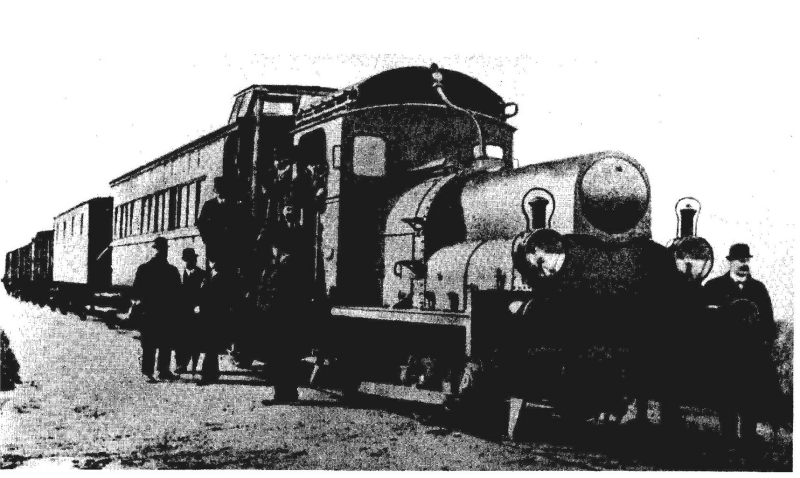Napthalene is derived from coal tar, not naptha (crude petrol) and was therefore a potentially cheaper fuel. This locomotive was built in 1913 by Schneider-Creusot, and designed by Eugène Brillié, the chief designer of Schneider. It was built to standard gauge. A 12-litre 4-cylinder internal-combustion engine was installed under the bonnet.
Unfortunately naphthalene is a solid at room temperature, and does not melt until it reaches 78 degC. The engine therefore had to be started on petrol. The naphthalene storage tank was enclosed in a water jacket, heated to boiling point by the engine exhaust.
The transmission was a rare example of pneumatic drive. The engine drove an air compressor, which fed a compressed air motor which drove the wheels.
Testing seems to have been successful, but maintenance was excessive, and the idea was not pursued further.
There is a good deal more info on the Wikipedia page for the locomotive.








